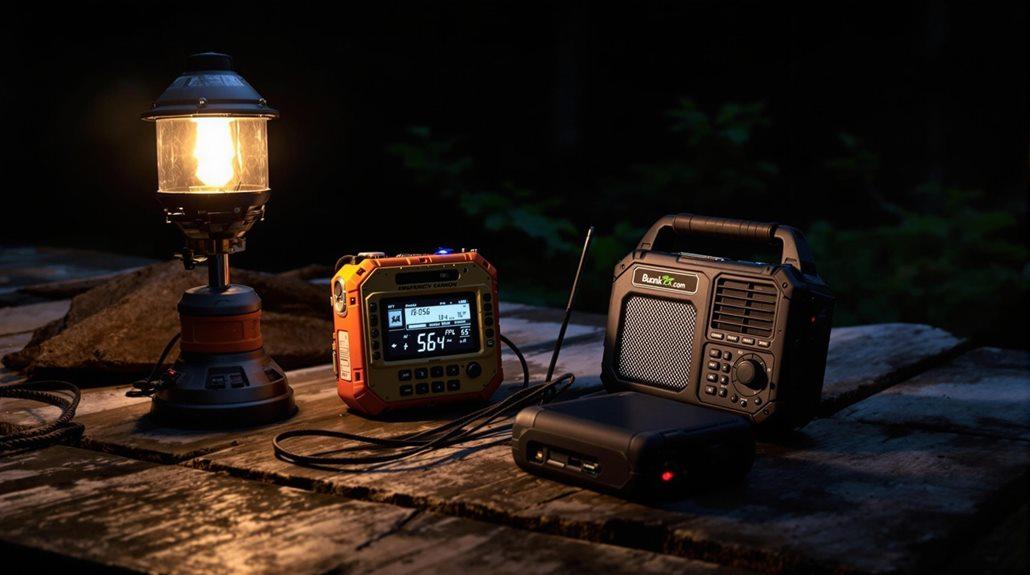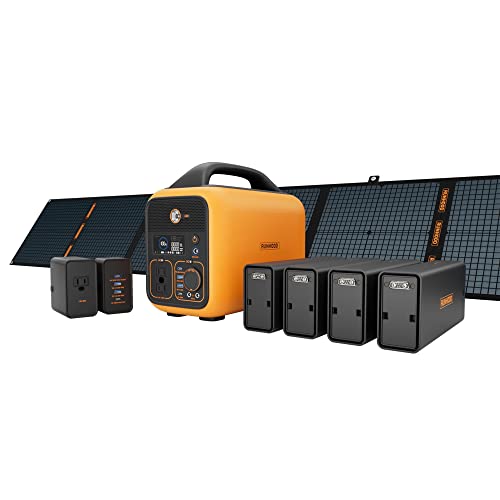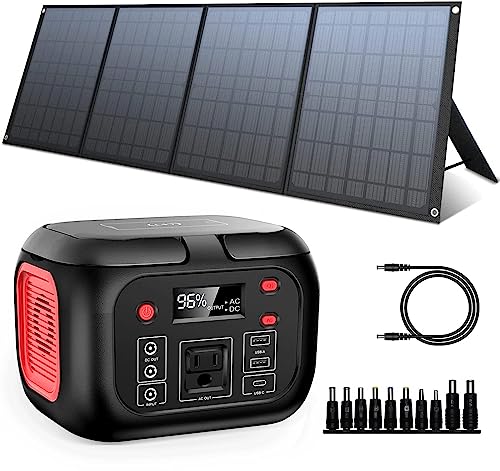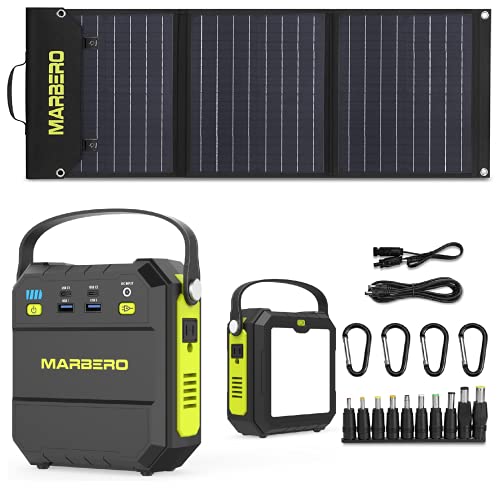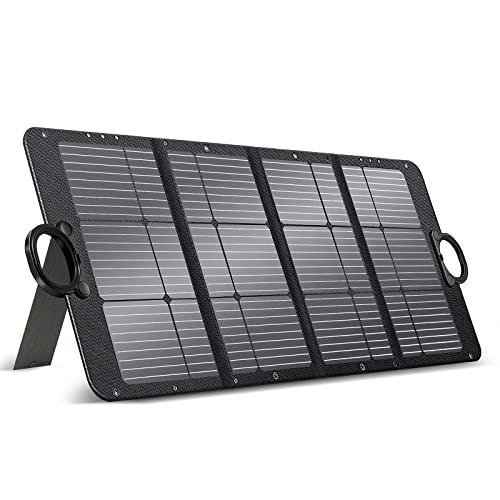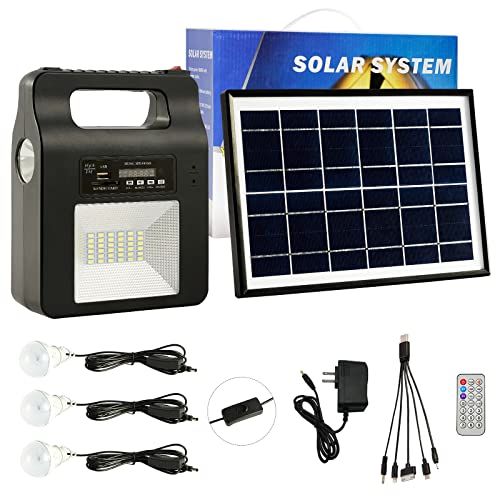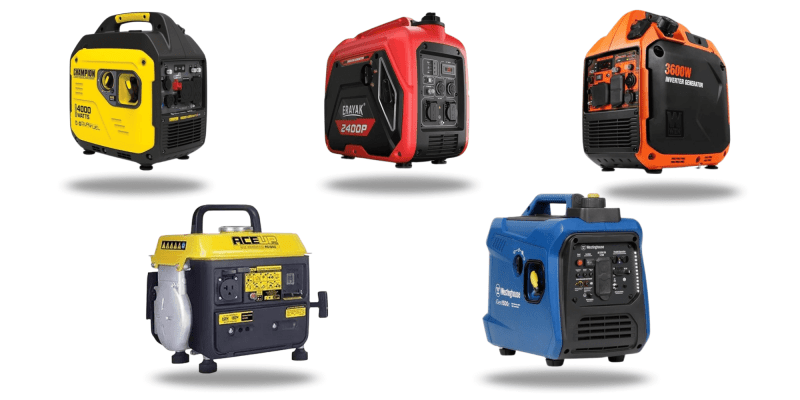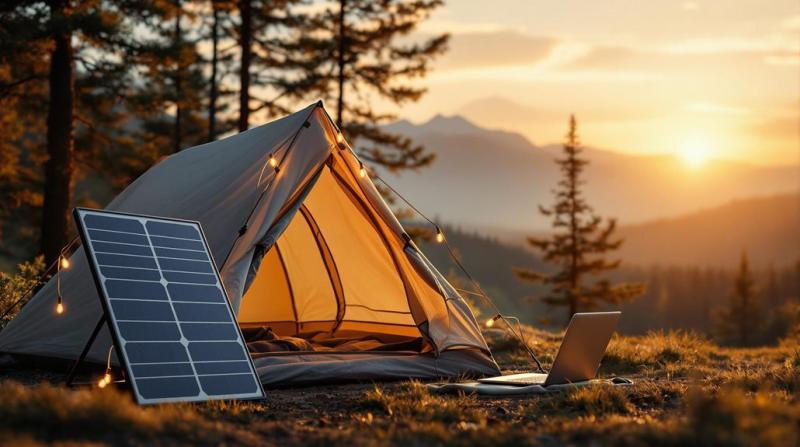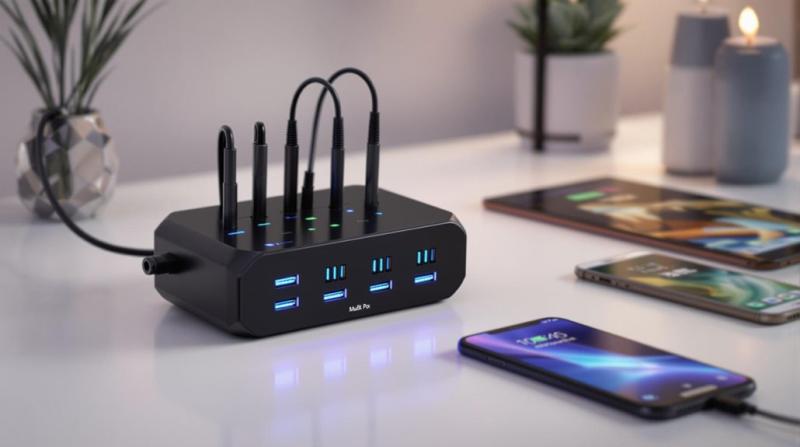To guarantee safe off-grid camping, you'll need a robust backup power system combining portable power stations (50-100Ah capacity) with LiFePO4 batteries and pure sine wave inverters. Set up monocrystalline solar panels (100-200W) with MPPT chargers positioned at your location's latitude angle for peak charging efficiency. Implement essential safety protocols including temperature monitoring (32°F-104°F), battery management systems, and proper ventilation for storage. Use waterproof connectors and shock-absorbing enclosures to protect your setup, and perform regular maintenance including voltage testing and connection inspections. Understanding the complete system architecture will help you create an even more reliable off-grid power solution.
Key Takeaways
- Portable power stations with LiFePO4 batteries provide reliable backup power while offering superior safety and longevity for off-grid camping.
- Multiple power sources including solar panels and battery banks ensure continuous electricity through redundant backup systems.
- Temperature monitoring and battery management systems automatically prevent overheating and electrical hazards during camping use.
- Regular maintenance checks, including load testing and voltage monitoring, guarantee emergency power systems function when needed.
- Waterproof connectors and protective enclosures shield electrical components from weather damage while maintaining safe power distribution.
Essential Backup Power Components
Adventurers venturing into off-grid camping need a robust backup power system to maintain essential electronics and safety equipment. Your power backup system should start with a portable power station featuring at least 50-100Ah battery capacity, which will provide reliable support throughout extended trips away from the grid. Leading manufacturers like top portable generators offer models rated 4.5 stars or higher, with capacities ranging from 200Wh to 2,000Wh.
When selecting your components, you'll want to prioritize lithium batteries, particularly those using LiFePO4 technology. These advanced batteries deliver 3-5 times longer lifespan and 95% charging efficiency compared to traditional options. Pair your power station with solar panels equipped with MPPT chargers, which boost panel efficiency by up to 30% and guarantee consistent power generation regardless of weather conditions.
Don't forget to include a pure sine wave inverter in your setup to protect your sensitive devices from power fluctuations. This component delivers clean electrical output with minimal energy loss. For complete protection against power outage situations, implement a multilayered approach by combining your main portable power station with additional backup sources like supplementary power banks and compact generators. This redundancy ensures you'll maintain power access throughout your off-grid camping experience.
Solar Generation During Emergencies
A reliable solar power system serves as your lifeline during off-grid emergencies, with monocrystalline panels delivering up to 22% efficiency even in challenging conditions. High-capacity camping stations can enhance your solar setup by providing multiple charging ports and safety features for reliable power distribution. To maximize your solar generation capacity, you'll want to position your panels at an angle matching your geographic latitude, which can boost energy collection by 30-40% during critical situations.
For ideal backup power management, install an MPPT solar charger between your panels and portable power banks. These controllers enhance your system's efficiency by 20-30%, ensuring you're capturing maximum energy for your lithium battery storage. When selecting your setup, consider portable panels in the 100-200W range, which provide sufficient power for essential devices and emergency lighting.
Your power system should include LiFePO4 battery storage units, which offer superior reliability and longevity compared to traditional batteries. These advanced lithium battery systems last 3-5 times longer, making them ideal for emergency backup scenarios. You'll find this combination of efficient solar generation and stable storage particularly valuable when maintaining critical communications and powering essential equipment during extended off-grid situations.
Battery Storage Safety Protocols
Proper safety protocols for lithium battery storage stand at the forefront of off-grid camping preparation. In today's Battery Technology landscape, LiFePO4 batteries offer superior thermal stability for your portable battery backup needs, making them an ideal choice for Off-Grid Living scenarios. Pure sine wave inverters provide the cleanest power output and help protect sensitive electronics during operation. To maintain peak performance and safety, you'll need to implement proper storage practices and protective measures for your power station setup.
When managing your off-grid power system, you should prioritize the integration of battery management systems that monitor internal temperatures and automatically disconnect power if safety thresholds are exceeded. Store your lithium batteries in cool, dry locations away from direct sunlight, and verify your battery enclosure includes proper ventilation to regulate temperature effectively. You'll want to select power stations with built-in short-circuit protection and voltage regulation features, which help prevent electrical failures when you're far from grid power sources.
Install shock-absorbing components in your battery storage setup to protect against physical damage during transport and use. These protective measures, combined with proper temperature management, will substantially enhance the safety and reliability of your off-grid power system.
$399.00
4.58 out of 5 starsBLUETTI EB55 Portable Power Station, 537Wh Battery Backup
Power Your Adventures with the BLUETTI EB55 537Wh Portable Power Station
Product information
Product Review Score
Product links
Power Distribution Setup Methods
Efficient power distribution in off-grid camping relies on strategic setup methods that maximize system reliability. When designing your portable power station configuration, you'll need to establish multiple distribution points using waterproof connectors to guarantee stable power supply throughout your camp setup. This systematic approach helps minimize voltage losses and maintains consistent electrical flow to your devices. For peak performance, proper temperature control between 32°F to 104°F must be maintained to protect battery life and system efficiency.
Your grid system should incorporate an MPPT solar charge controller to optimize the transfer of solar power to your batteries, improving energy capture by up to 30%. Install a pure sine wave inverter to convert your DC battery power into clean AC output, protecting your sensitive electronics from power fluctuations. For backup systems, include an automatic transfer switch that smoothly shifts between power sources, whether you're drawing from solar panels, batteries, or your vehicle's alternator.
Consider implementing a modular power distribution setup with expandable battery capacity ranging from 50 to 100Ah. You'll want to configure parallel connection options that allow you to adapt to increasing power demands during extended trips, guaranteeing your system remains versatile and reliable in remote locations.
Emergency System Testing Guidelines
Once you've established your power distribution setup, regular emergency system testing becomes the cornerstone of off-grid safety protocols. When camping off the grid, you'll need to conduct thorough battery load testing every six months to verify your power station maintains reliable performance. Using a multimeter and voltage testing equipment, check each battery cell to confirm it's operating within the 3.2-3.7V range for lithium batteries. Modern lithium-ion cycle life ranges from 500-2000 cycles, making regular testing pivotal for maximizing battery longevity.
To verify your power solution's reliability, simulate emergency scenarios by disconnecting your main power source and confirming your transfer switch activates smoothly. Your backup system should engage automatically and deliver continuous power without interruption. Make it a habit to perform yearly inspections of all electrical connections, looking for signs of corrosion or loose terminals that could compromise your emergency power system.
Document everything in your maintenance logs, including battery performance metrics, charging cycles, and system responses during tests. These records will help you track your system's reliability over time and anticipate when components might need replacement or servicing, guaranteeing you're never caught off-guard during your outdoor adventures.
$891.62
4.24 out of 5 starsRunhood Rallye 600 Pro Power Station
Power up anywhere with the reliable Runhood Rallye 600 Pro Portable Power Station
Product information
Product Review Score
Product links
Frequently Asked Questions
What Is the Best Power System for Off-Grid Living?
While city dwellers rely on the grid, you'll need a thorough hybrid system for ideal off-grid living. Start with solar generators paired with high-capacity battery banks for your foundation. Add portable chargers for flexibility and wind turbines for diverse energy collection. You'll want efficient inverter technology to convert power seamlessly, and it's smart to incorporate multiple renewable alternatives. Focus on energy efficiency throughout your system to maximize your power generation and storage capabilities.
What System Do I Need to Go Off-Grid?
You'll need a thorough solar preparation system with a 3,000-4,000Wh generator, paired with reliable wilderness gear and a remote shelter setup. Start with terrain mapping to choose your location, then build out your survival toolkit with navigation essentials and weather monitoring equipment. Don't forget emergency planning basics like backup power sources and communication devices. Your off-grid system should integrate renewable energy, water filtration, and sustainable food storage solutions.
How to Power a Camper Off-Grid?
While traditional campers rely on hookups, you can power yours off-grid with smart technology. Start with solar panels connected to lithium batteries through efficient battery chargers. You'll need power inverters to convert DC to AC power, and electrical converters with camping adapters for your appliances. For backup, keep portable generators handy. This integrated system guarantees reliable energy storage, letting you enjoy modern comforts wherever you roam.
Which Battery Is Most Suitable for Off-Grid System Application?
For your off-grid system, you'll find LiFePO4 batteries are your best choice. They offer superior lithium efficiency and deep cycle performance, integrating seamlessly with solar setups. You'll appreciate their portable charging capabilities and high energy density, which means more power in a compact design. Their exceptional battery longevity and voltage stability make them worth the investment. Plus, they'll maintain consistent performance through thousands of cycles, far outlasting traditional batteries.
